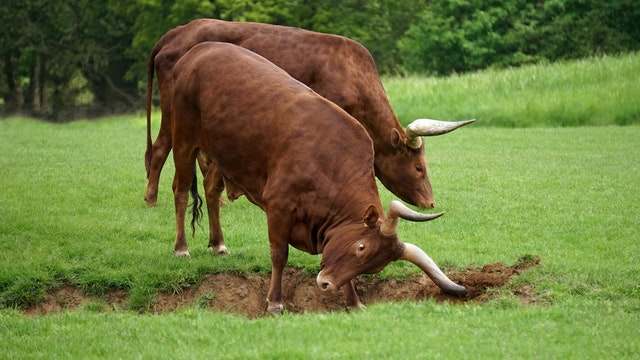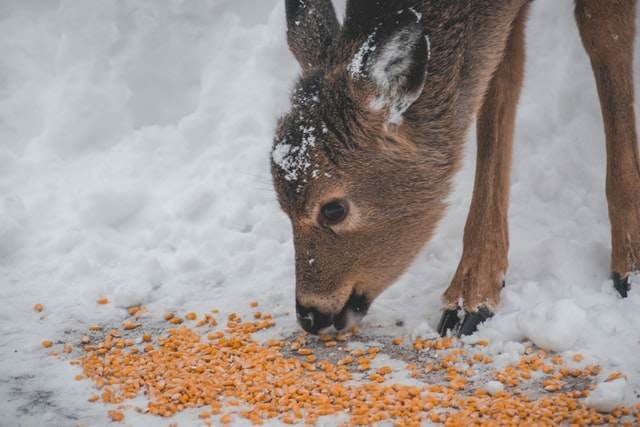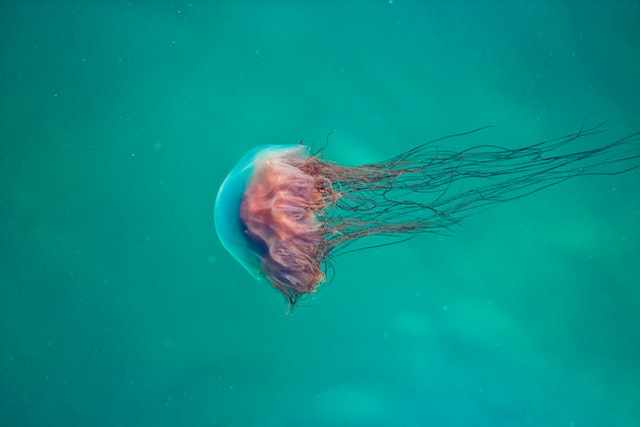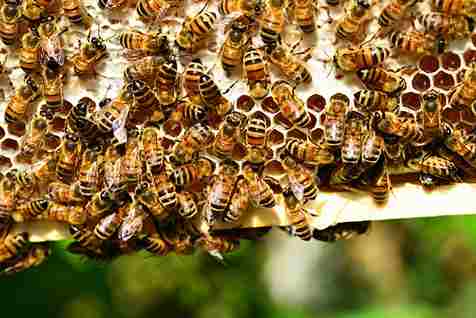Why Are Cows Fat? (7 Facts You Should Know)
Being one of the most domesticated mammals by humans, cows have served various purposes throughout history. It’s hard not to notice their massive size which often comes as a surprise since they mostly feed on grass. If you’re like most people, you may be wondering – why are cows fat?
Cows are fat for basically two reasons. Firstly, fat-storing is an evolutionary trait in grazing animals, with cows being inclusive. Secondly, cows have been carefully bred to grow significantly in body size and weight over time. Of course, this is done to increase the rate of beef production.
If you’ve probably been wondering why cows are fat, then this article is for you. In this article, we will address the reasons why cows are fat, where they get their fat from, and other interesting topics relating to fatness in cows.

Are Cows Fat or Muscular?
Cows can either be fat or muscular. Although this largely depends on what the cow is bred for.
Dairy cows tend to appear thinner because they are not bred for meat but for milk. On the other hand, beef cows are fatter because they are bred solely for the purpose of meat.
On average, according to research conducted by the National Center for Biotechnology Information, beef carcass in the US ranges from 35 to 50 percent fat, while another research suggests that muscle content varies between 49 to 69 percent.
Muscle percentages for beef cows are usually less when compared to dairy cows.
Why Are Cows Fat?
Fatness in cows are subject to two main factors – human effort and evolution. Let’s look at these more closely.
Storing Fat for Energy
Cows are naturally large animals and often use excess fat to meet their energy demands. Again, this can be traced to their evolutionary history.
In the wild, animals belonging to the same species as cows are usually migratory. This means they move with the seasons to make sure they have easy undisturbed access to fresh pasture land to graze upon. These species are known as bovine species.
An example of a bovine animal that takes part in big circular migrations yearly is the wildebeest in Africa. Their yearly route can cover up to three countries. And according to research, about 250000 wildebeest die every year from starvation or predatory attacks during migration.
Cows’ predecessors followed a similar migration pattern with wildebeest and buffalos, which automatically meant saving as much energy as possible for dire times. This means they had to store a lot of fat which would be later converted to energy.
More Fat, More Meat!
The first account of cow domestication was recorded about 10,000 years ago. Since that time, humans have continued to raise cows for different reasons, mainly meat and milk production.
Specifically, beef cattle are selectively raised to increase meat production within a very short period. This implies that the cows we have today are intentionally raised to grow fatter and larger than their predecessors.
Where Do Cows Get Fat from?
Cows get fat from eating grass, hay, and grains.
As you may already know, plants are usually enriched with cellulose. Cows and other animals often need help from bacteria to help them digest cellulose and other foods that are hard to digest. When these foods are not properly digested, they will be stored as fat in their body. And this will often result in a significant increase in weight.
For this reason, you will often find farmers feeding their beef cows corn or any other grain containing a substantial amount of fat. However, cows that are fed grains all the time usually suffer from bacterial infections. This is why, most times, they are given antibiotics, which in turn increases their weight.
Cows that fed only on grass also have fat, but they not as much as those that feed on both grass and grains. Because they only get their fat in the form of a fatty acid called Conjugated Linoleic Acid (CLA). CLA is healthy for cows, their offspring, and humans who may consume them.
Do Cows Store Fat in the Body
Yes, they do. Cows store fat in adipose tissue, which is located around their heart and kidneys. The fat can also be stored in specific places such as the pelvic canal and under the hides.
An interesting fact to note here is that a dairy cattle tends to have more fat in its hide than that of the beef cows.
The levels of fat stored in the adipose tissue increase rapidly as an animal grows (if they are eating well) and this can be affected by the level and quality of feed available to the animals, as well as hormones and genetics.
Fat is also found in between the muscles of the cow.
What Food Makes Cow Fat?
The main natural foods that causes fatness in cows are grass, hay and grains. However, they can also be fed with fat supplements or additives, as seen in beef cattle.
These supplements can be gotten from plant sources (polyunsaturated fats only). Thus can also be obtained from oil palm seeds, cotton seeds, and fish meal.
It is important to know that although these supplements can help make a cow fat, using them solely and not alongside natural foods like hay and grass could lead to health problems such as a loss of the rumen microbes in the cows. So, they must be carefully introduced in the cattle diet.
What Do Cows Eat Besides Grass?
Cows don’t only eat grass; they also eat grains , whether corn or soya beans.
Most cattle ranchers allow their cattle to spend most of their lives grazing on grass (usually between three to fifteen months) before switching to a grain diet. This is because a grain diet helps the cows to get fatter.
The taste and texture of the beef gotten from a grain-fed cow is not as firm or lean when compared to a grass-fed cow. These grains have a great impact on the cows as they provide fiber which helps to reduce heart disease and improve digestion. They also supply minerals like iron (which helps to improve blood flow), magnesium ( helps with bone formation), vitamin b (helps with energy release), etc.
It’s important to note that a lot of these nutrients are also present in grass, but they are more readily available in larger quantities in grains.
How to Increase Fat in Cattle Feed
There are different ways to increase fat in cattle feed. This can be done through introducing fat food sources into their diet.
These include commercially made fat supplements and natural sources such as soybeans, whole cotton seeds, fish feeds, oilseeds, and other byproduct feeds like confectionary wastes.
The addition of fat in cow feed, whether for beef cows or dairy cows, can be very beneficial in improving their energy balance. And this is because of the high number of calories fat has when compared to carbohydrates and sugars. This can be especially important for lactating cows as it helps to improve fertility and milk production. However, proper supervision is still needed when integrating these foods into their diet.
The addition of fat is also very essential for feedlot animals where growth rates above average are expected. The same can be said about dairy cows with an overly high level of milk production.
Other Related Questions
Do cows eat dead grass?
Yes, a cow can eat dead grass ,even though it’s not a very common practice. This usually happens if there are no fresh grass around.
How do cows get so big eating grass?
This happens due to fermentation. Cows break down the grass using bacteria and fungi and convert them into sugars. Then they absorb this sugar and use the energy and also save some as fat.
Final Words: Why Are Cows Fat?
In conclusion, fatness in cows is both influenced by nature and human activities. The growing demand for meat will always influence the breeding of beef cattle.
Besides cows, there are other fat mammals, and they can be found both on land and in water.
Let us know if you have any more questions about fatness in cattle.





